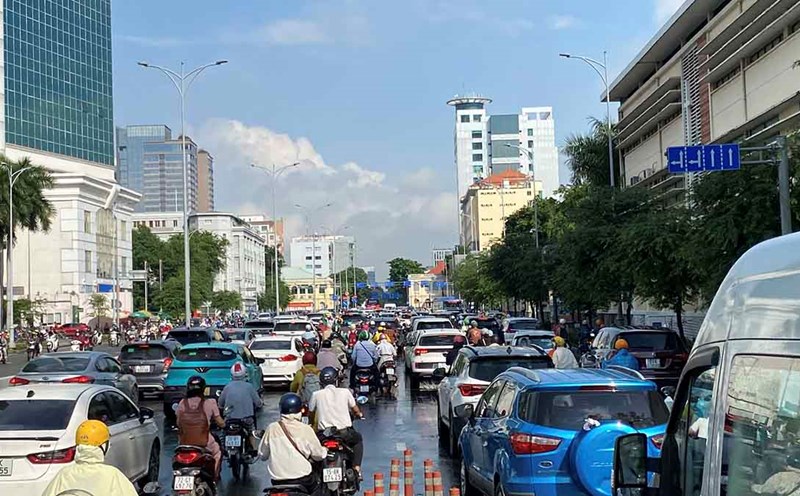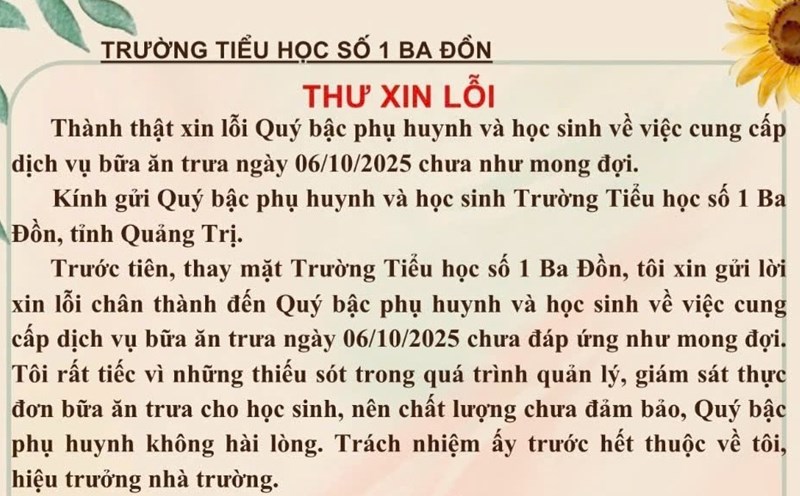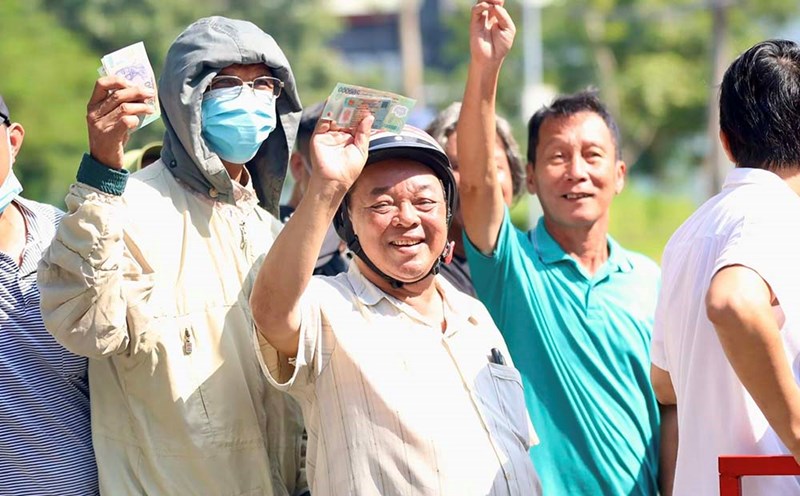On the morning of October 7, the Ho Chi Minh City Department of Construction held a workshop to report the results of the study "Low Emission Zone - LEZ); Conversion roadmap and policies to support vehicles", under the Project on controlling emissions of vehicles in Ho Chi Minh City.
According to the proposal, a low-emission zone will be formed in the central area of Ho Chi Minh City, limited by 15 bridges and 20 main roads, along with the Rung Sac route area (Can Gio).
This area will limit or ban the operation of highly emission vehicles, especially heavy trucks running on diesel, cars not meeting level 4 emission standards and motorbikes and mopeds not meeting level 2 emission standards.
In contrast, vehicles using clean energy, green energy, and environmentally friendly vehicles, along with official vehicles, priority vehicles or specially licensed vehicles, will be allowed to circulate in this area.
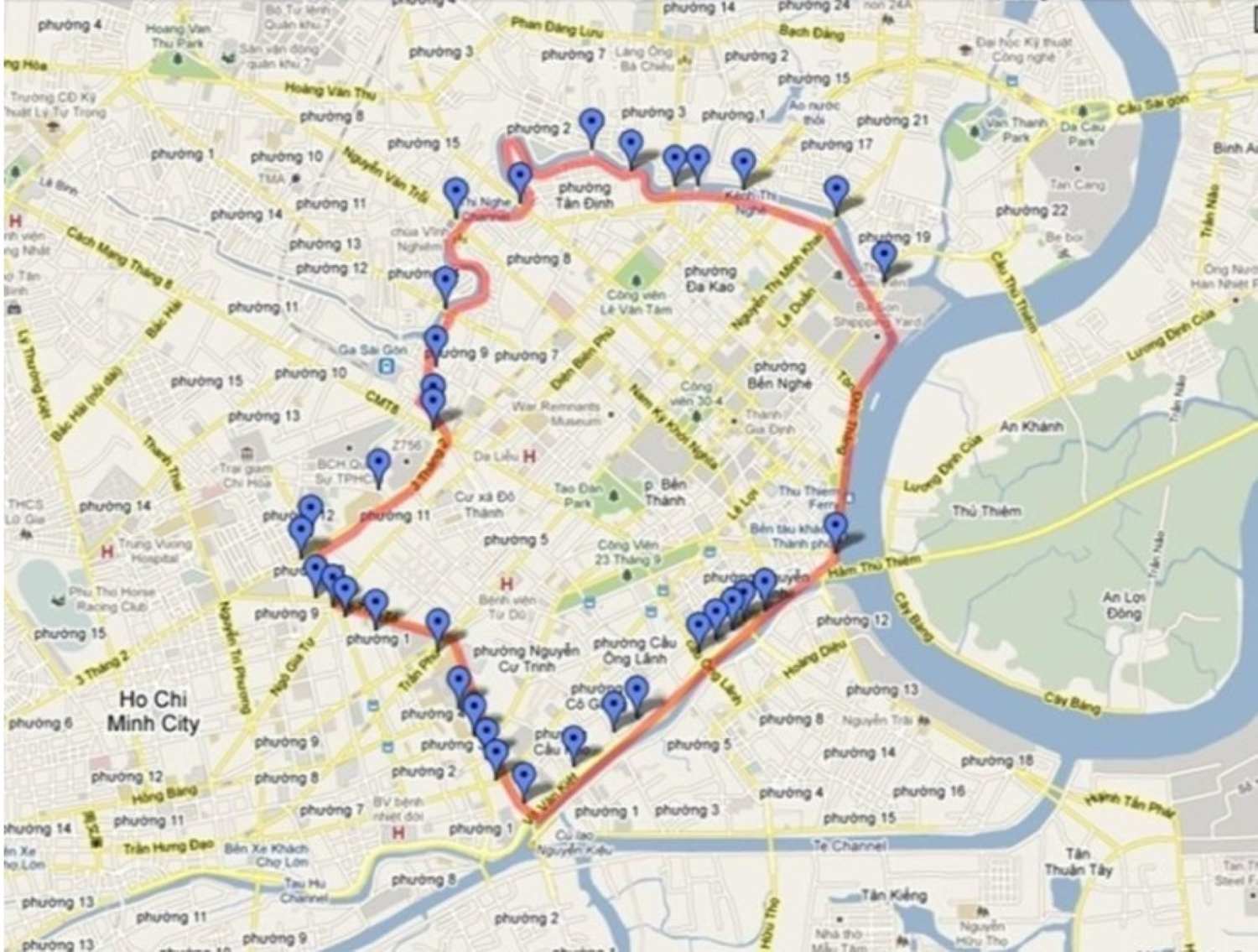
According to the plan, from 2026, Ho Chi Minh City will limit the operation of technology vehicles and transport vehicles using fuel and oil that do not meet emission standards in the low-emission zone of the central area; at the same time, pilot the limitation of traffic below emission standards on Rung Sac Street (from Binh Khanh ferry to Duyen Hai Street).
In the period of 2027 - 2030, the city will conduct extensive motorbike emissions inspections. Therefore, limit the circulation of cars below level 4 emission standards and motorbikes and mopeds below level 2 emission standards in the central area of Ho Chi Minh City, while expanding the limited area to the communes of Binh Khanh, An Thoi Dong, Can Gio and Thanh An.
By 2031, the low-emission zone is expected to expand to Ring Road 1, surrounded by Pham Van Dong - Nguyen Thai Son roundabout - Bay Hien - Huong Lo 2 intersection - Nguyen Van Linh routes.
From 2032, the emission standards will be raised and applied to all vehicles in this area.
To effectively control, the project proposes to install 58 license plate identification cameras (ANPR) in the central area and 9 cameras on Rung Sac route.
This system will automatically identify and record vehicles that do not meet emission standards when traveling into low emission zones.
Ho Chi Minh City will also arrange specialized "LEZ" signs at entrances and exits, combined with road markings with the symbol "LEZ" to clearly inform drivers.
The city recommends that the Ministry of Construction soon add the "Low Emission Zone" sign to the National Technical Regulation on road signs.
For violations, the competent authority will impose administrative penalties and deduct driving license points, based on Clause 1, Article 6 and Clause 1, Article 7 of Decree 168/2024/ND-CP.
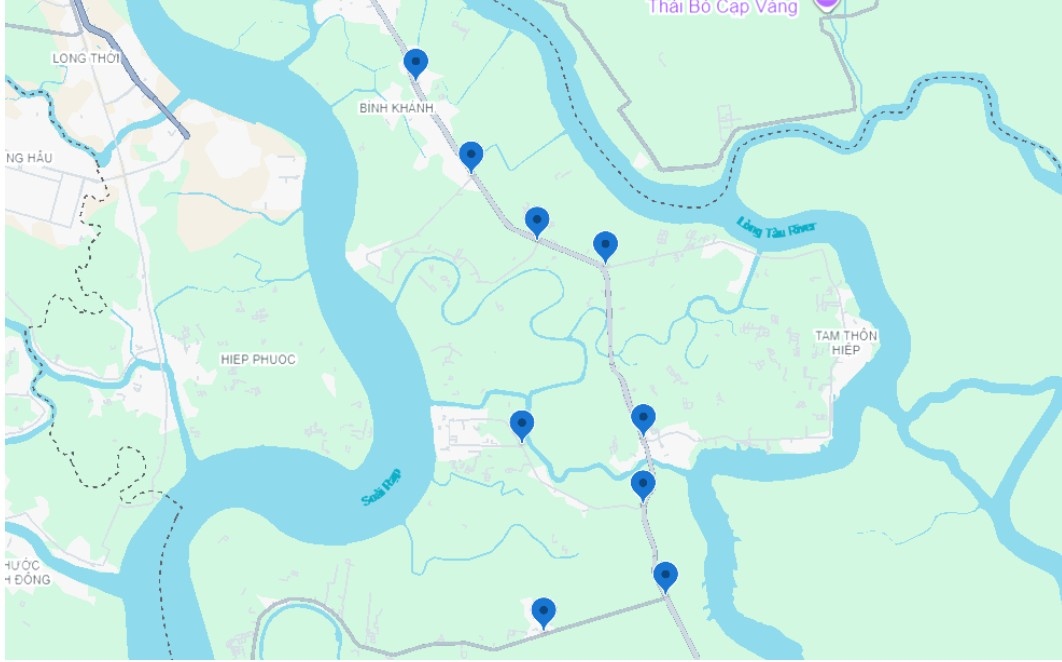
After merging with Binh Duong and Ba Ria - Vung Tau, Ho Chi Minh City is managing more than 12.7 million vehicles, including more than 1.4 million cars and 11.3 million motorbikes.
Road traffic is currently the largest source of emissions, accounting for 88% NOx, 99% CO, 79% SO2 and 88% fine dust in total traffic emissions in Ho Chi Minh City.
Air pollution from traffic causes an estimated economic damage of more than VND3,000 billion per year, equivalent to about 0.25% of Ho Chi Minh City's GRDP.
Monitoring results show that the average annual PM2.5 fine dust concentration in Ho Chi Minh City is 31 μg/m3, 6 times higher than the World Health Organization's (WHO) recommendation of 5 μg/m3, of which transportation contributes up to 40%.
Research shows that fine dust exposure is the cause of 81.31% of air pollution-related deaths in Ho Chi Minh City, equivalent to about 1,840 - 3,150 deaths/year, 3-5 times higher than the number of people dying from traffic accidents in the city.
The project emphasizes that controlling vehicle emissions is an urgent task to improve air quality, protect public health and aim for net zero emissions by 2050.

